Leonaert Bramer, Salome Presented with the Head of St. John the Baptist, 1630s
Leonaert Bramer (1596-1674) was a noted Dutch painter who achieved success with religious works, history painting, and genre scenes. Born in Delft, Bramer traveled extensively and spent quite a bit of time in Rome where he earned the nickname Leonardo of the Night for his particular skill with nocturnal scenes. Salome is a very interesting painting for its starkness and use of dramatic techniques. The story of Salome, Herod, Herodias, and John the Baptist is a favorite of painters throughout the centuries. Usually, though, there is a great deal of attention paid to the head of John, yet here it is barely visible. Instead the scene is quite expansive, showing King Herod and his banquet table. Bramer applied his facility with nighttime painting to this interior piece, resulting in unusual lighting. The blankness of the background, carefully rendered to be both appropriate to the dimly lit room and suggestive of a cloudy night sky, is quite striking, drawing the viewers attention to the figures, but also evoking the brutality and violence of the story. The inclusion of curtains, not necessarily out of place in a banquet scene of the time, enhances the overall drama of the scene, and draws attention to the figures of Salome (the only person in 17th century dress) and the executioner, who do not stand under either curtain but the shadow on the right frames them and mirrors their own shadows. The highly theatrical painting leaves the viewer with a sense of unease.
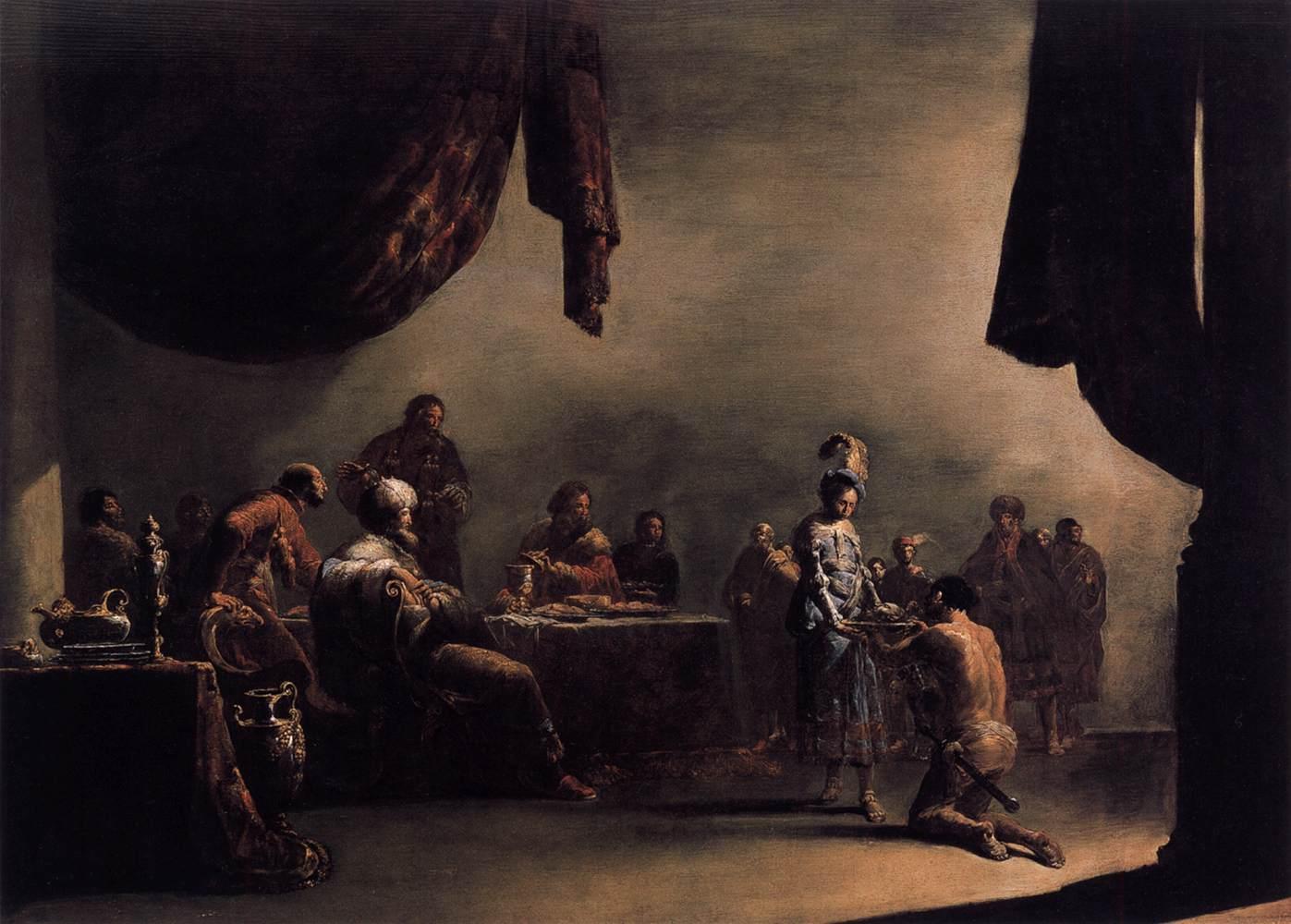



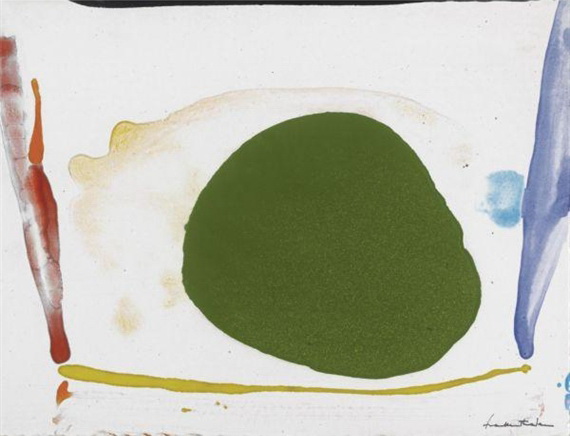












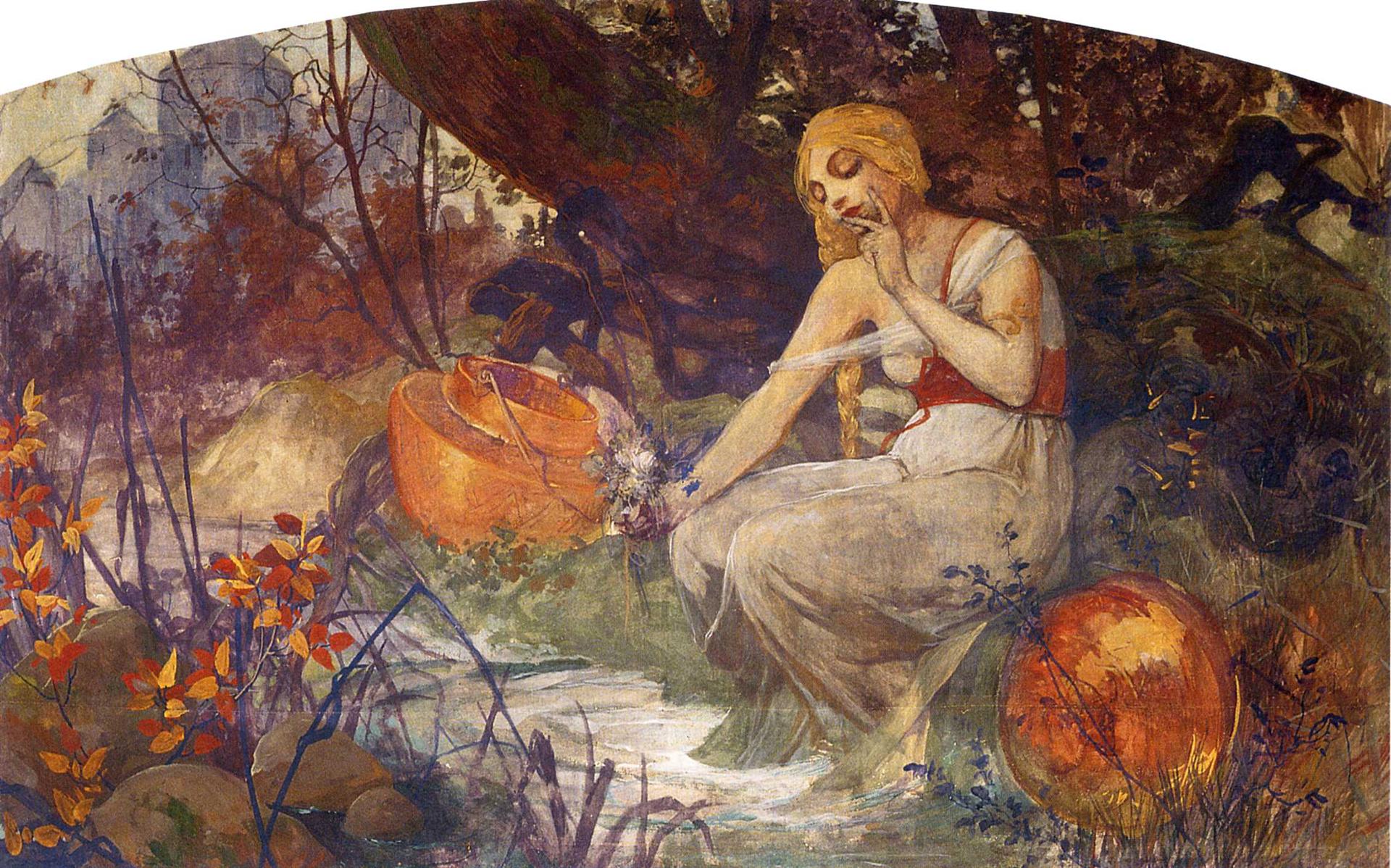
.jpg)


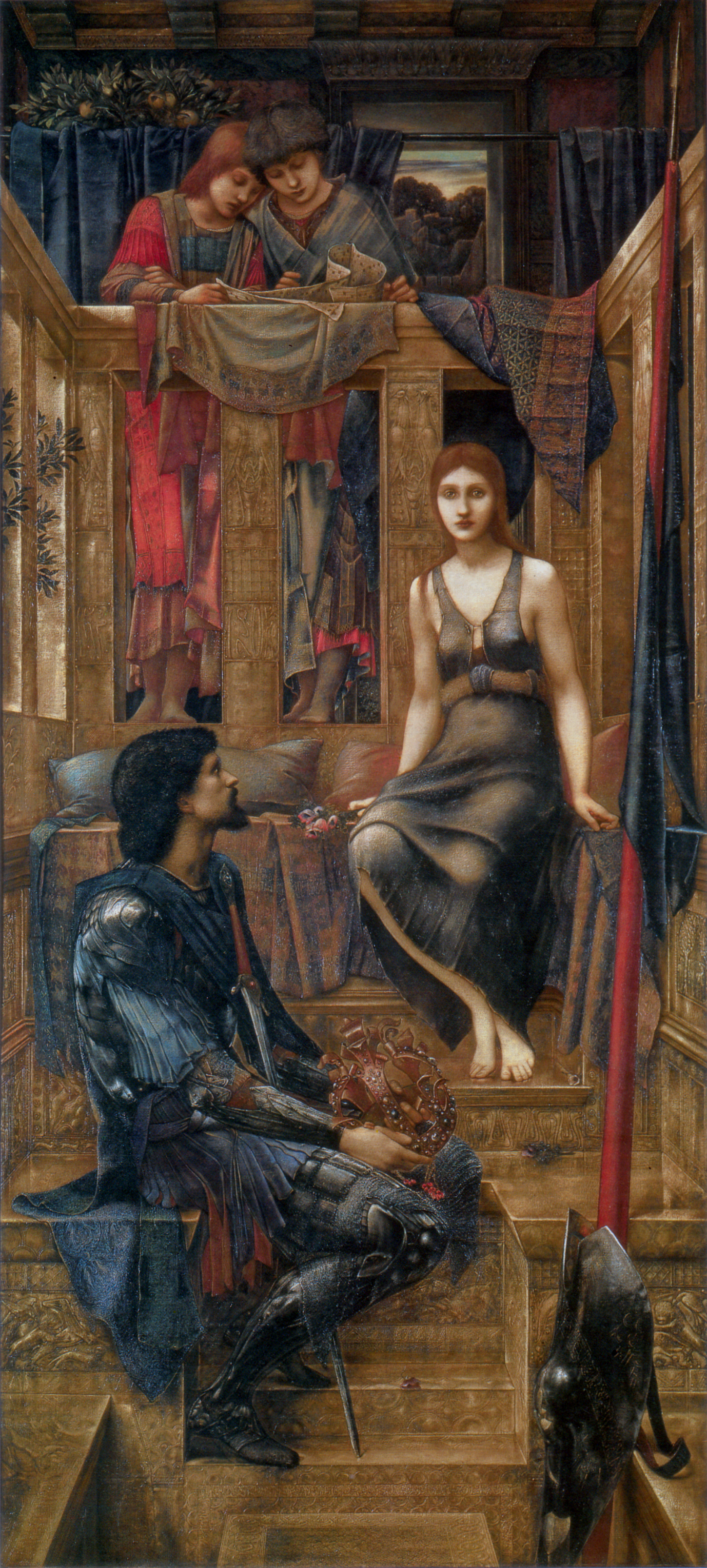
+French+Baroque+Classical+Art+dance-to-the-music-of-time-1634+5+stars+worthy+%5Bphistars.com%5D+hd+wallpaper+Wallace+Collection,+London.jpg)

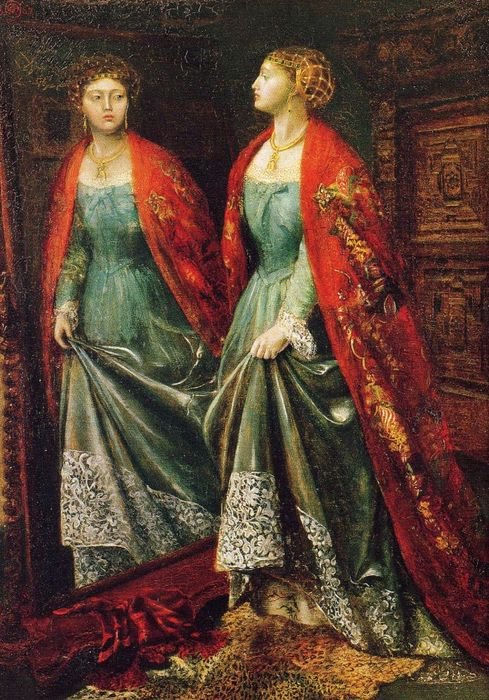


.jpg)

